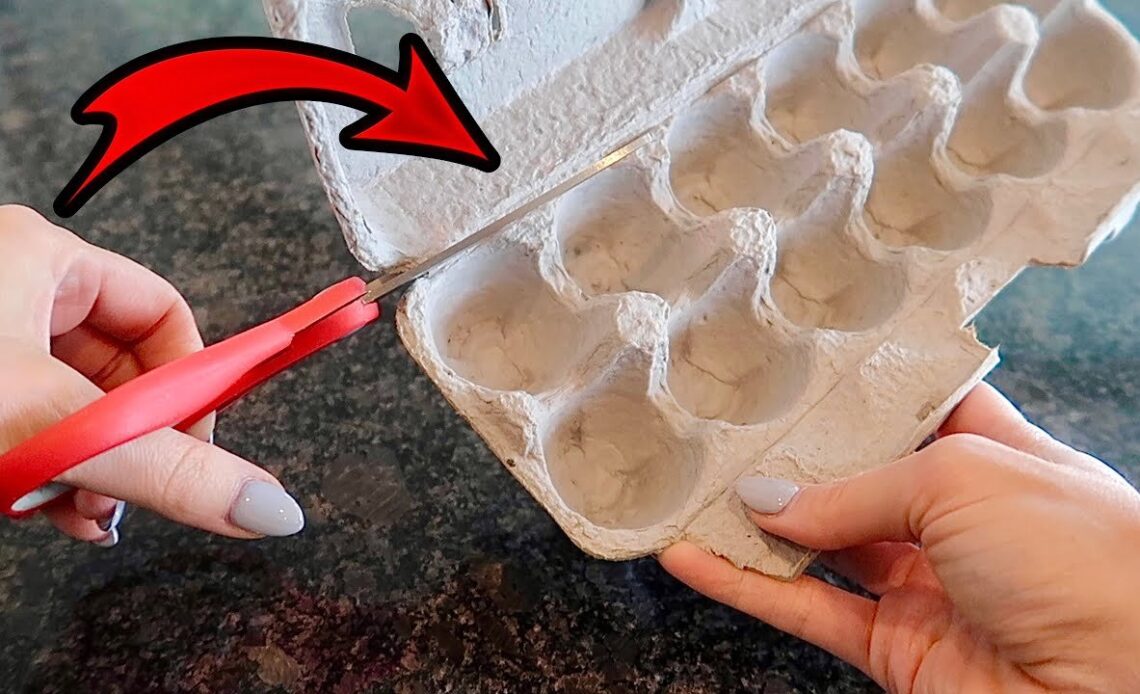Starting a vegetable garden from seeds can be incredibly rewarding, but it doesn’t have to be difficult or expensive. With a little creativity and a few recycled materials, you can create your very own garden right at home. One simple and eco-friendly way to grow your garden from seeds is by using **egg boxes** and **recycled bread bags**. Not only are these materials cost-effective, but they’re also great for the environment. In this guide, we’ll walk you through how to use egg boxes and bread bags to grow your own vegetable garden, from planting to transplanting your seedlings.
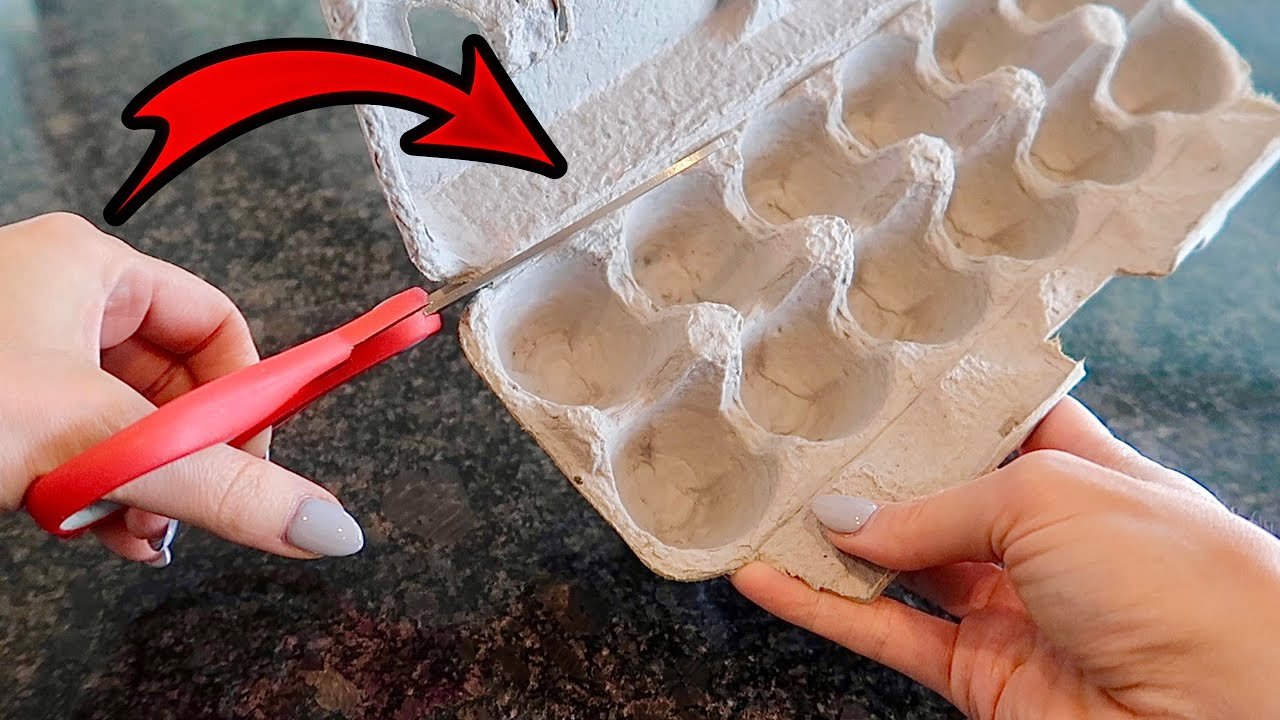
**Why Egg Boxes and Bread Bags Work:** Egg boxes are an ideal choice for starting seeds because they have individual compartments, which help keep seeds separated while they sprout. The compartments provide just the right amount of space for each seed to grow until it’s ready for transplanting. Additionally, egg boxes are biodegradable, so they won’t add waste to the landfill. Using **recycled bread bags** to cover the egg boxes helps create a greenhouse effect, retaining moisture and warmth, which promotes healthy seed germination.
### **Materials You’ll Need:**
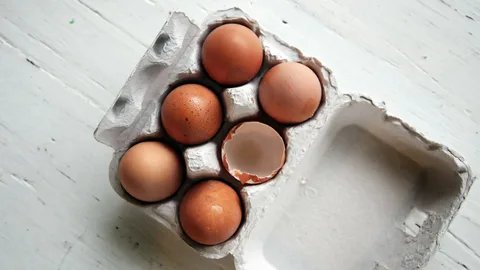
– **Egg cartons** (cardboard or paper)
– **Seed starting soil** (or compost)
– **Seeds** (vegetables of your choice)
– **Recycled bread bags** (or clear plastic bags)
– **A spray bottle** for watering
– **A small stick or label** for marking your seeds
### **Step-by-Step Guide:**
#### **1. Preparing the Egg Cartons:**
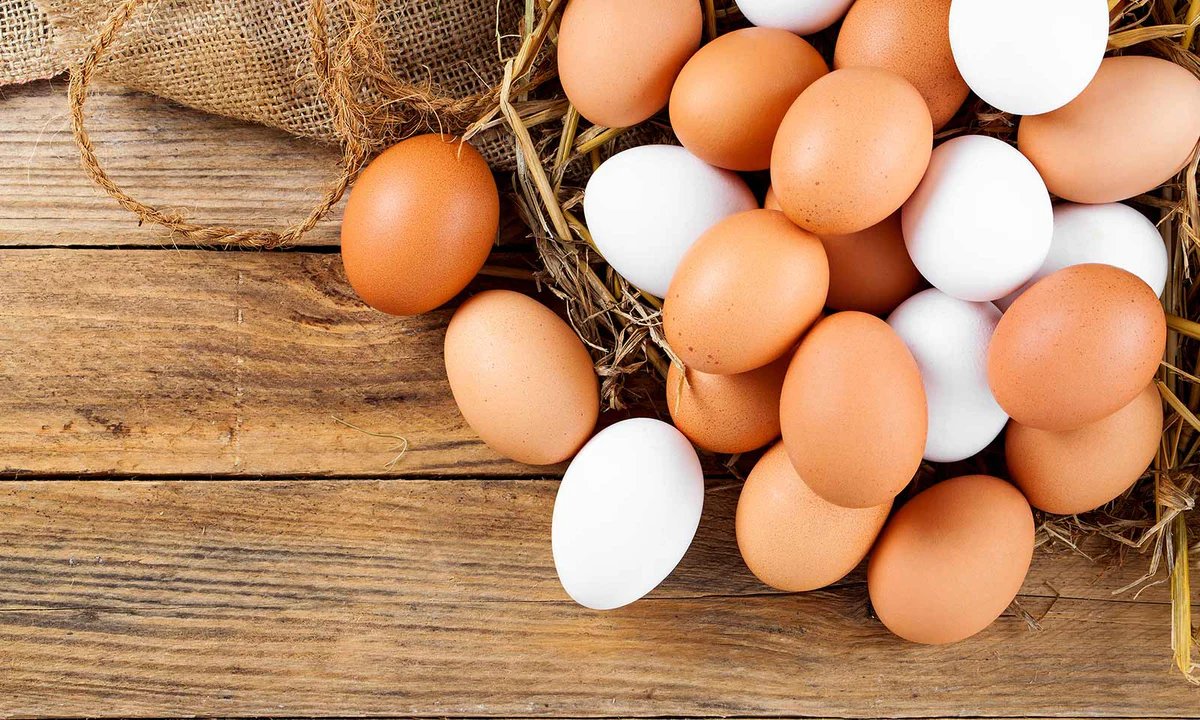
Start by collecting your egg cartons. You can use any type of egg box, whether it’s a **cardboard** or **paper** version. Once you have your egg carton, remove any plastic or non-biodegradable parts if applicable.
– **Fill the Compartments with Soil:** Fill each egg compartment with seed starting soil or compost. Be sure to lightly press down the soil, but don’t pack it too tightly to allow for good drainage.
#### **2. Planting the Seeds:**
Now it’s time to plant your seeds. Choose vegetables that are well-suited for starting indoors, such as tomatoes, peppers, or herbs. Follow the seed packet instructions for planting depth and spacing.
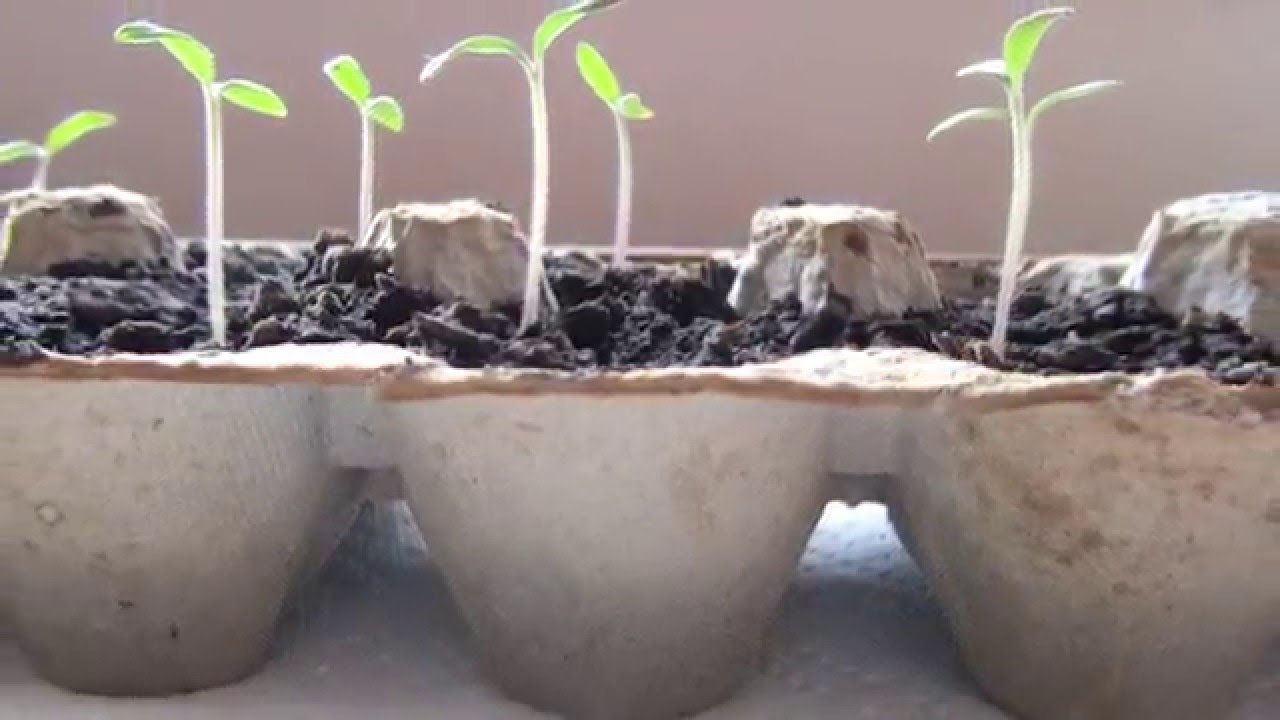
– **Plant the Seeds:** Using your fingers or a small stick, create a small hole in the soil of each compartment. Place one seed in each hole and cover it lightly with soil.
#### **3. Watering and Moisture Control:**
Once your seeds are planted, use a **spray bottle** to gently water them. Make sure the soil is moist but not waterlogged. Be careful not to overwater, as this can cause the seeds to rot.
– **Create a Greenhouse Effect:** After watering, cover the entire egg carton with a **recycled bread bag**. This helps trap moisture and warmth, creating a mini greenhouse effect that is perfect for seed germination. If you don’t have a bread bag, any clear plastic bag will work.
#### **4. Placing in a Warm Location:**
Place the egg carton in a warm, sunny location. Seeds typically need warmth to germinate, so try to keep the box in a room that stays around **70-75°F (21-24°C)**. A windowsill or a sunny countertop works well for this purpose.
– **Keep an Eye on the Temperature:** If it’s too cold, you can use a small heating pad or place the container in a warmer part of the room, but avoid direct heat sources that could dry out the soil.
#### **5. Monitoring and Growing:**
Check on your seeds daily. Ensure the soil remains moist but not soaking wet, and that the plastic cover hasn’t dried out. Once you start seeing the seeds sprouting, remove the plastic cover to allow the seedlings to get air circulation.
– **Thin the Seedlings:** Once your seedlings have grown tall enough to be separated, you may need to thin them out. This simply means removing the weaker seedlings, leaving the healthiest one in each compartment to grow strong.
#### **6. Transplanting Your Seedlings:**
Once your seedlings are large enough to handle and the risk of frost has passed, they are ready to be transplanted into the garden or larger pots.
– **Transplant Carefully:** Gently remove the seedlings from the egg carton by squeezing the sides of the compartments. You can plant them directly into your garden or larger pots. Since the egg carton is biodegradable, you can plant the entire compartment, which will break down over time and provide additional nutrients to the plant.
#### **7. Ongoing Care:**
Continue to care for your newly transplanted plants by watering them regularly and providing sufficient sunlight. As your plants grow, consider staking or supporting them as needed, and be sure to remove any weeds that could compete for nutrients.
**Benefits of Using Egg Boxes and Bread Bags:**
– **Cost-Effective:** Both egg cartons and bread bags are typically free or low-cost items you already have around the house.
– **Eco-Friendly:** By reusing items that would otherwise be thrown away, you’re helping to reduce waste and make your gardening practices more sustainable.
– **Good for Small Spaces:** This method works well for people with limited space. You can start your seeds indoors, and when they’re ready, move them to your garden or larger containers.
– **Great for Kids:** This is a fun and educational project for kids, teaching them about gardening, sustainability, and responsibility.
Starting your vegetable garden from seeds using egg boxes and recycled bread bags is a simple, cost-effective, and environmentally friendly way to grow your own food. By following the steps outlined above, you’ll be able to easily grow healthy seedlings ready for transplanting into your garden. Whether you have a small backyard or just a windowsill, this method makes gardening accessible and fun for everyone.
